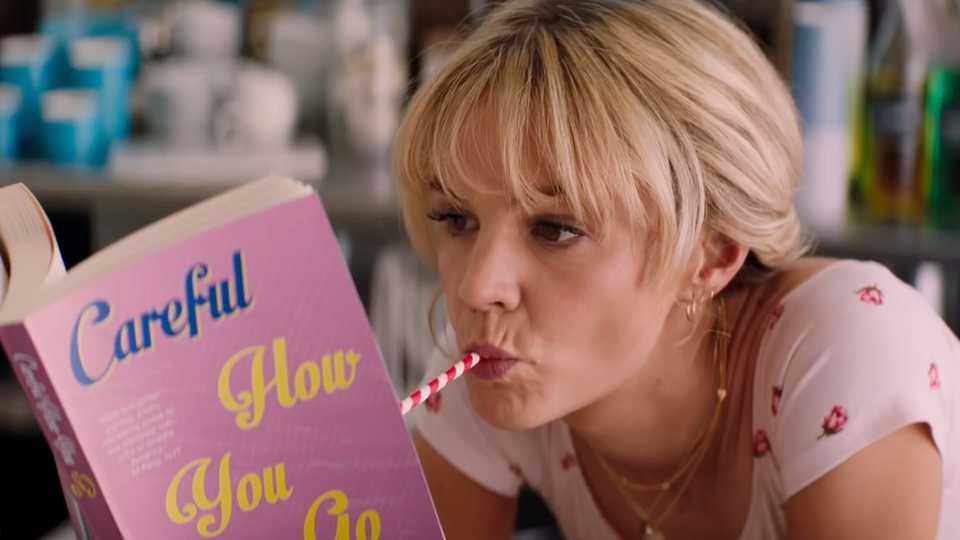Star-studded front rows, outlandish set designs, and the world’s culture capital are waiting just beyond the runway — Paris Fashion Week has always been a theatrical celebration of fashion’s very best. The city’s reputation for craft and haute couture means that at every show, artistry is expected, and flamboyance is a custom.
But let’s face it: the pandemic has not been kind to any cultural event, and fashion weeks have not been immune. As another mostly digital Paris Fashion Week prepares to open next week, we look back at some of the most memorable moments from the event’s storied and stylish history — before face masks or social distancing.
Paris Fashion Week began as a one-time fundraiser in 1973 for the renovation of the Palace of Versailles. Five french fashion houses, including Yves Saint Laurent, Givenchy, and Dior, went head-to-head with five American labels, including Oscar de la Renta and Halston, pitting their collections against each other for a good cause. It was a triumph for Black talent, too, who made up nearly 30% of the American models — a rarity at the time.
The event was attended by the likes of artist Andy Warhol and entertainer and activist Josephine Baker. The glittering guest list helped anoint Paris a formidable fashion hub for decades to come, although the event didn’t garner much media attention when it first launched.
When supermodel royalty Kate Moss closed the show for Louis Vuitton’s 2011 Autumn-Winter collection, she left in a puff of smoke. Moss flouted the then newly introduced French smoking ban in public places by lighting up a cigarette. Her defiance was encouraged by Marc Jacobs, the creative director at the time, who wanted the show to champion choice and expression.
Moss came out of a seven-year-long retirement to walk for Louis Vuitton, whose fetish-themed collection set out to appeal to the public’s wild side.




